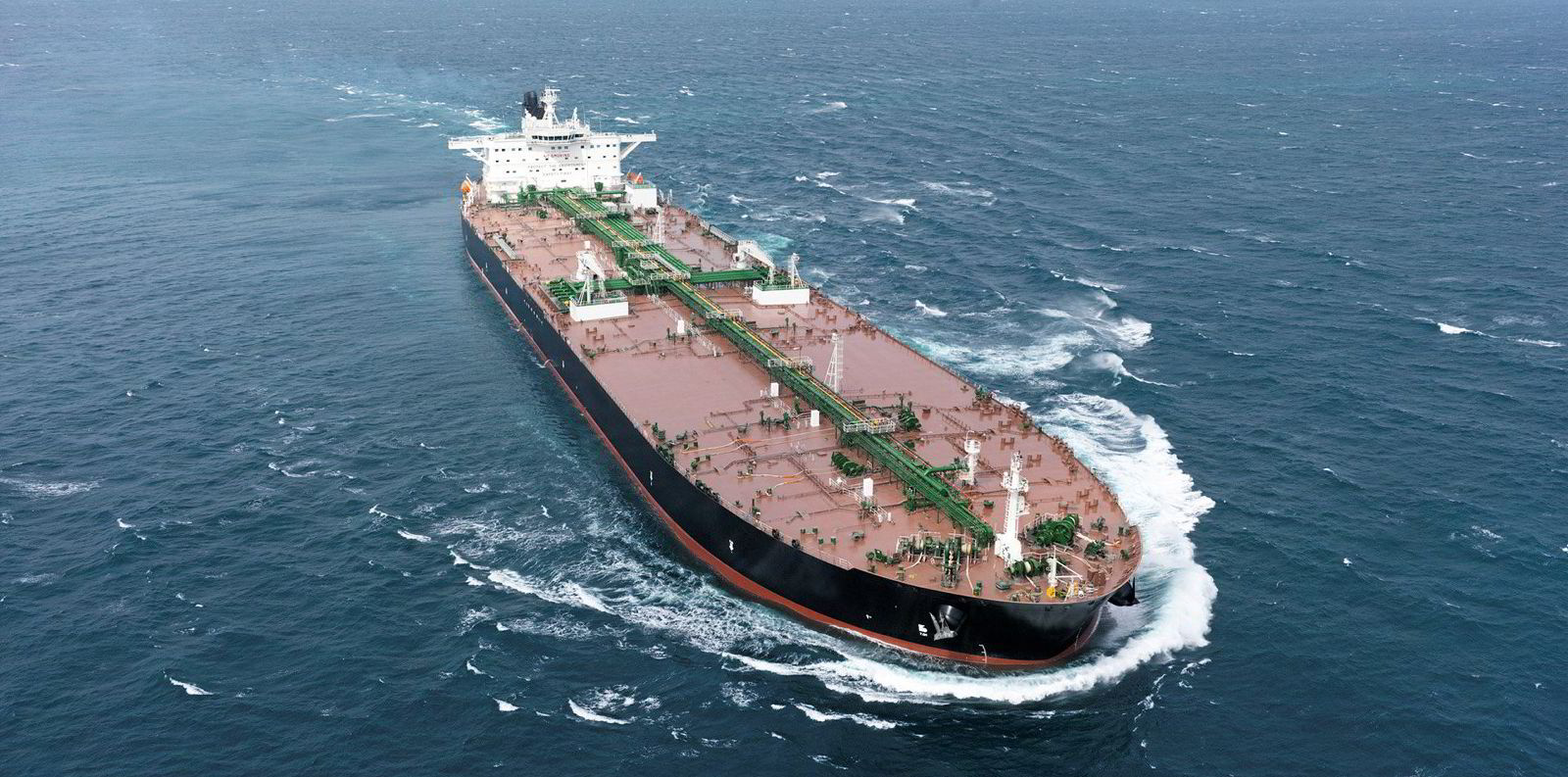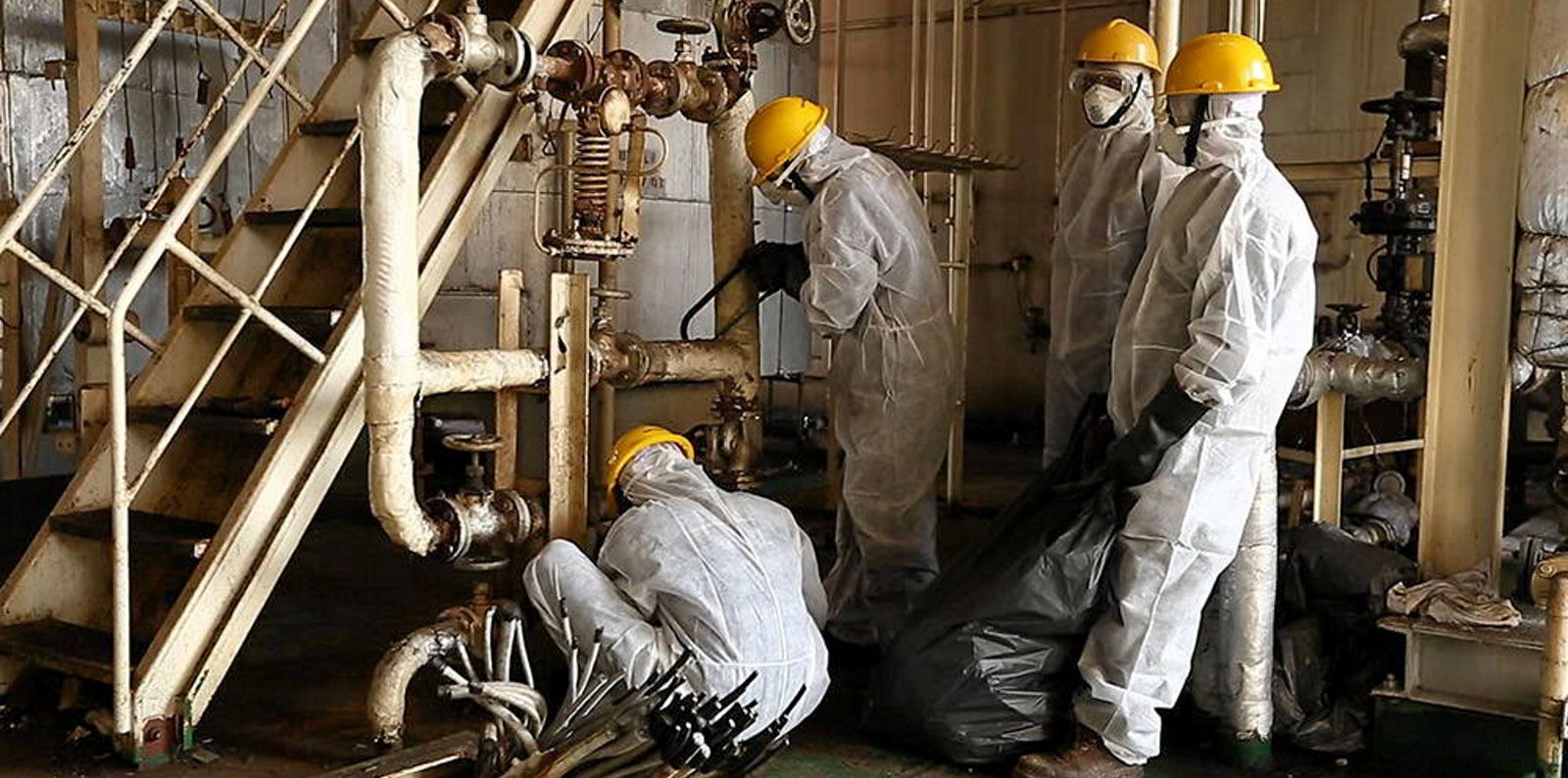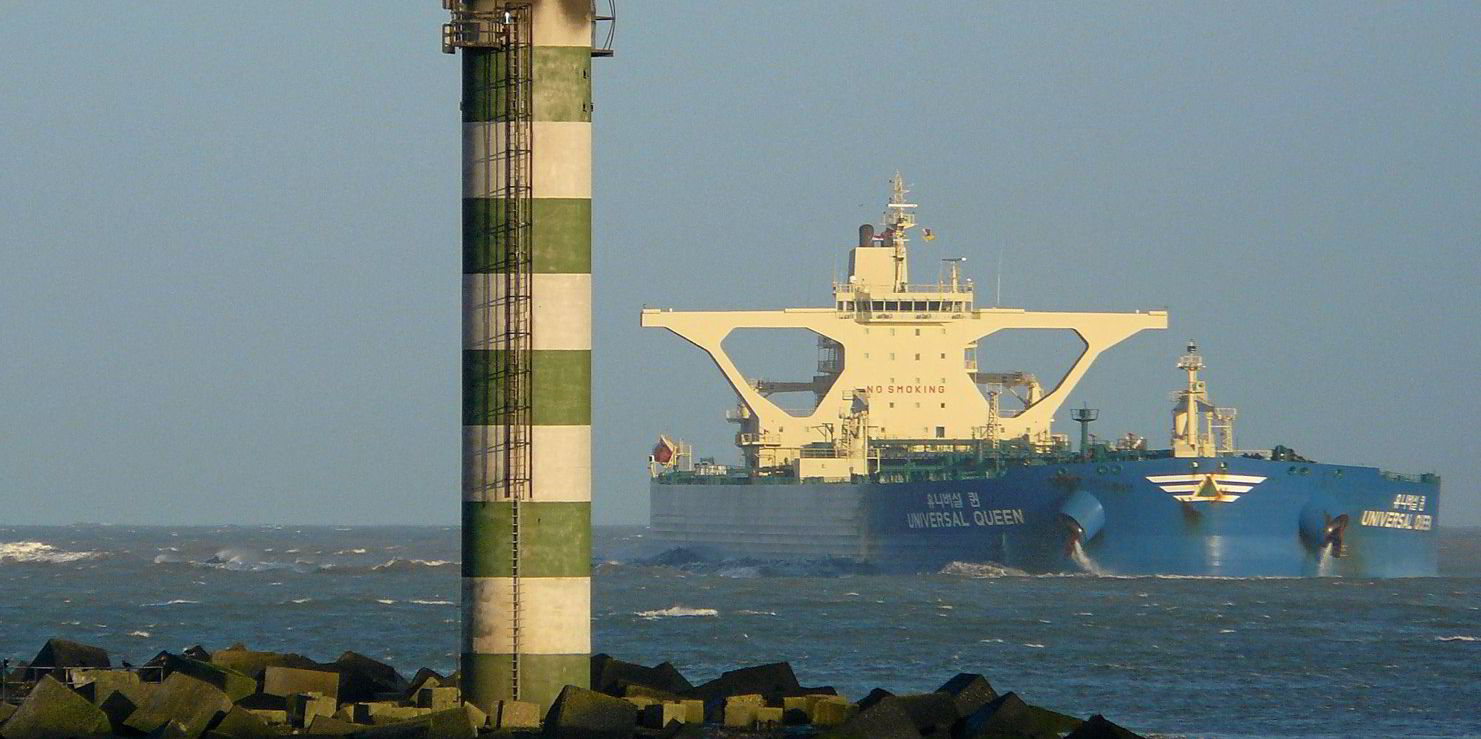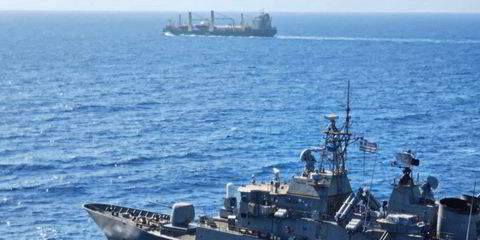US-listed owner DHT Holdings has been backed to quickly make money from its newly acquired scrubber-fitted VLCCs.
DHT bought the 300,000-dwt Eco Queen and Eco Future (both built 2016) from Awilco Eco Tankers for $68m each on Thursday.
Frode Morkedal, managing director of research at Clarksons Platou Securities, views the shipowner as having ample capacity for growth, with a loan to value (LTV) at only 32% and "significant" contract coverage for 2021.
DHT's cash break-even stands at only $10,600 per day for 2021, while the acquisitions will make money at VLCC rates of above $17,400 per day, Clarksons Platou calculates.
"We find this to be excellent use of capital," Morkedal added. "DHT has been very good at timing the tanker cycle in the past."
The company's current management has overseen two major acquisition periods: in 2013 and 2014 DHT bought 16 VLCCs, and in 2017 the owner added 13 more.
These deals were done at close to the bottom of the cycle.
Co-chief executives Svein Moxnes Harfjeld and Trygve Munthe have told Clarksons Platou that they remain cautious on the spot market this year.
But they have structured the balance sheet and contract coverage to be able to buy low when the market is weak.
"With around $500m of investment capacity, by re-leveraging to 50% LTV, we believe DHT is well-positioned to benefit from the current market opportunities by renewing their fleet at attractive prices which should bolster their earnings and dividend capacity when the market strengthens," Morkedal said.
In line with market
Broker estimates are $65m for a five-year-old VLCC and $69m for a four-year-old tanker. The DHT ships are four-and-a-half years old.
"We think scrubbers probably only add $0.5m to vessel values today, so the price looks to be broadly in line with the market," Morkedal added.
DHT usually structures debt financing to have no more than $2.5m of repayments per year per ship, thus indicating $37.5m of debt per vessel.
With recent financing concluded at 2% above Libor, this indicates total debt service of around $9,400 per day.
Including operating expenses of $8,000 per day, this gives the possible cash break-even of $17,400 per day.
"The likelihood of the market staying better than this is high in our view, as VLCC earnings have not been lower than $17,900 per day on an annual basis in the last 12 years," Morkedal added.
Current spot rates from the Middle East Gulf to South Korea turned negative at -$800 per day on Thursday, however, according to Fearnley Securities.
Morkedal, who has a "buy" rating on DHT, said: "With fleet growth coming down sharply due to the low orderbook, combined with significant unused production capacity in Opec, we believe the tanker market is likely to be substantially improved later this year."
Below Fearnley estimates
The price for the VLCC pair was 2.5% below Fearnley Securities' estimates for similar tonnage, representing one of the first pricing benchmarks of modern South Korean/Japanese tonnage in months.
"In terms of historical pricing, we are still some way off the 2017 levels where five-year-old VLCCs were quoted in the low $60ms, though we do not suspect values to come down to these levels given the relative financial strength of tanker owners following the strong 2019/2020," the investment bank said.
"DHT has historically been playing the downcycles well and while there may be some minor downside to asset values, we consider this another solid long-term play by DHT," it added.







